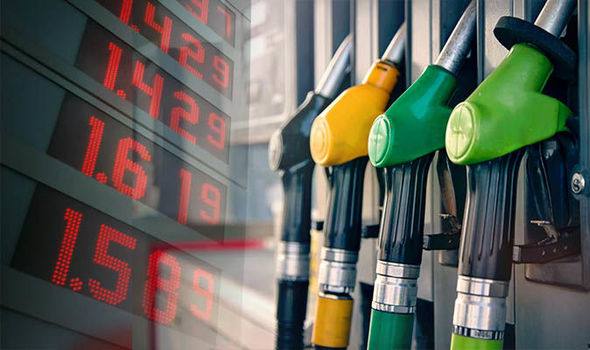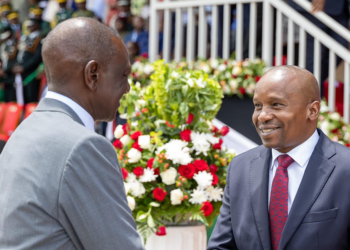Recent data from the Central Bank of Kenya report a decline in the fuel import bill to Ksh 750.8 bn in the last 12 months leading to May 2023 from Ksh 779.5 bn recorded in the same period last year, attributable to the rocketing fuel prices, which in turn has resulted in reduced demand and consumption for fuel products.
This has been a result of a sharp decrease in the demand for fuel products resulting from rocketing fuel prices and a slowdown in economic activity. Kerosene and petrol have more price elasticity compared to Diesel since diesel has a myriad of uses, from the operation of machinery to the production of electricity.
According to the Kenya National Bureau of Statistics, petrol is currently retailing at an average of Ksh 179.3 per litre, up from Ksh 129 in December 2021, which has resulted in a fall in the consumption of petrol by 0.04 million metric tons in 2022 from 2021, with car owners opting for cheaper options like public transport. Kerosene, which is mainly used by the poor for cooking, also registered a decline of 23,490 metric tons in consumption resulting from an increase in kerosene prices to Ksh 159.9 currently from Ksh 103.5 in December 2021.
The consumption of fuel products is set to continue on a downward trajectory with the increase in fuel VAT from 8.0% to 16.0%, which will increase prices further by a projection of Ksh 10.6 per litre on average effective July 2023. This is in addition to an expected rise in inflation from the 8.0% recorded in May as a result of an increase in key items like maize, sugar, and other key food items and fuel products.
With the increase in the Central Bank Rate to 10.5% from 9.5%, the cost of loans will be higher, resulting in less borrowing and a continued decrease in consumption as buyers try to cope with the heightened cost of living.


















